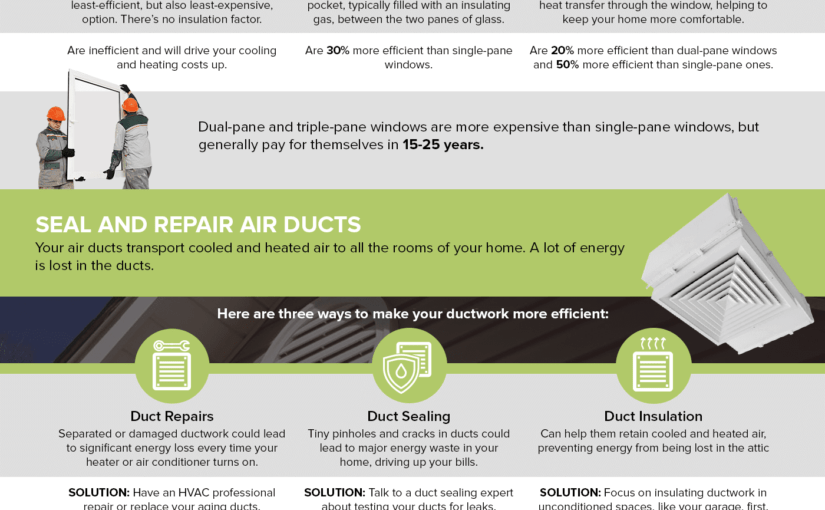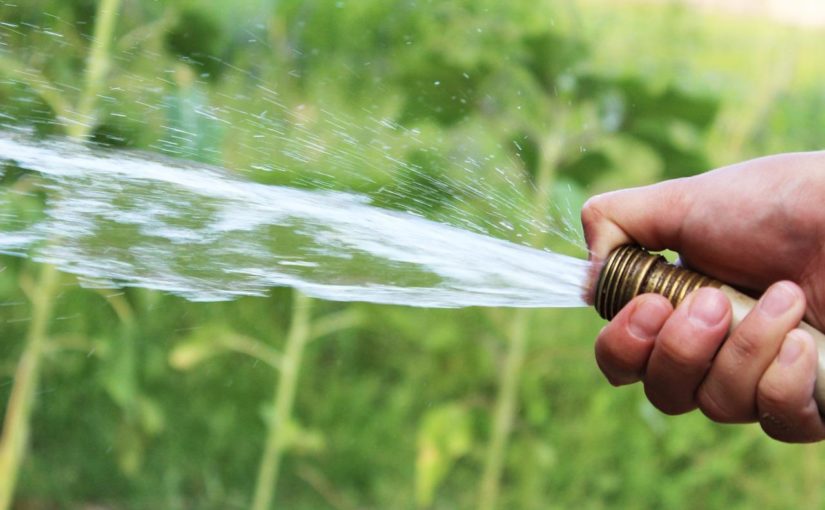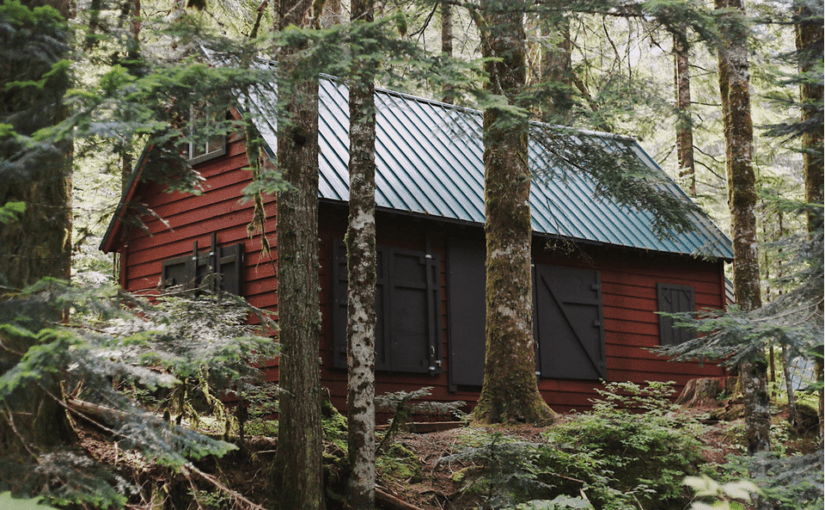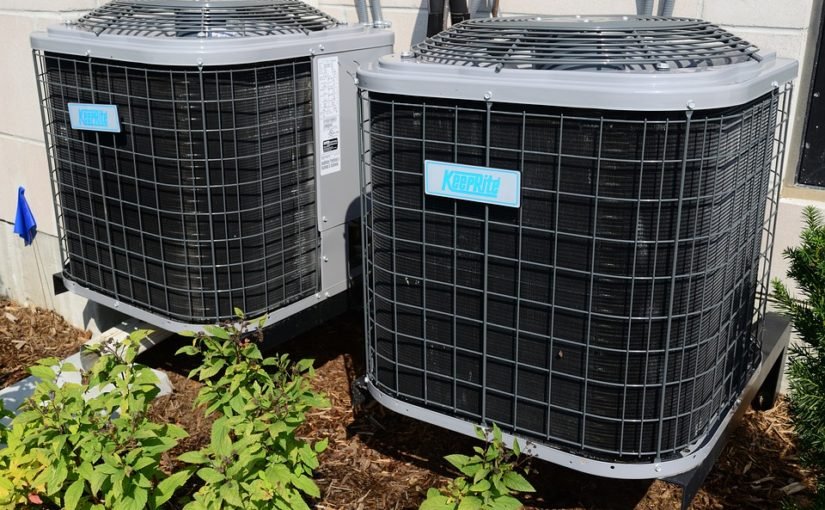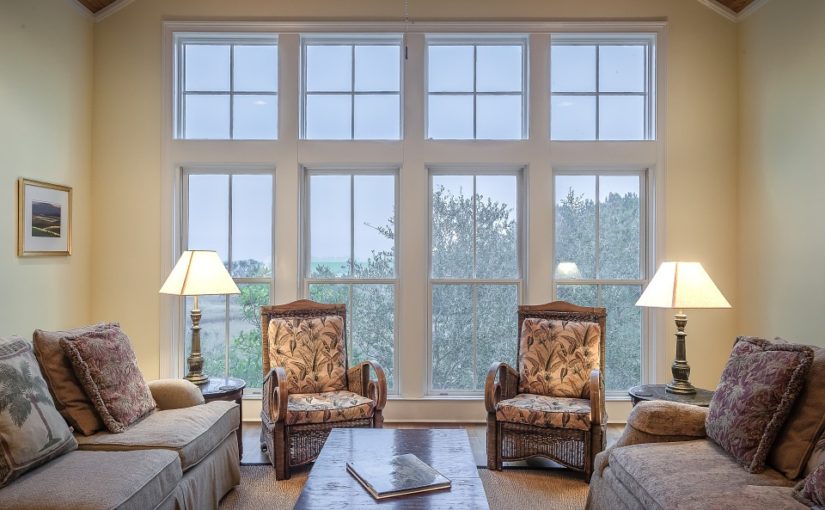
Did you know that your home windows contribute to healthy and fresh indoor air? After all, they provide natural ventilation. That means they allow dirty and stale air to go out while bringing fresh outdoor air into your home.
Unfortunately, windows can also lose 25% to 30% of your heating and cooling energy. By contrast, window treatments can help make your windows more energy efficient.
To that end, we came up with this list of the top window treatment ideas. Read on to learn more about them so that you can choose the best one for your home.
1. Window Blinds
Blinds are some of the most affordable window treatments, so it’s no wonder they’re popular. They’re also easy to install, as you only need to affix them to the top of a window. Plus, you can raise them all the way to let as much sunlight and air into your home as you want.
Blinds have panels you can tilt for light and air control. However, their slats are usually narrower than those you can find in shutters.
As for the most energy-efficient blinds, they’re the ones that feature reflective surfaces. So long as closed completely, they can considerably reduce solar heat gains.
Many blinds also consist of moisture-proof materials, particularly PVC (vinyl) and aluminum. Because of that, they make for excellent bathroom and kitchen window treatments.
2. Interior Shutters
Unlike blinds that hang from a window, interior shutters affix to the window frame itself. That makes their structure sturdier than typical blinds. Most come in wood, but some may also feature metal or PVC materials.
Despite their installation, interior shutters are also operable, thanks to their hinges. That means you can swing them open completely by pulling on their panes. On the other hand, you can tilt their louvers to control the amount of light that enters your home.
You can even find remote-controlled, motorized interior shutters today. They allow you to pre-program times that you want them to open and close during the day.
When you shop these shutters, though, be sure they come with a free installation and warranty. In addition, the window treatment company should offer a free in-home consultation. That way, you can ensure their products fit your windows.
3. Window Shades
Window shades are the soft version of blinds. They’re “soft” because they consist of a continuous swath of fabric instead of solid slats. They also fit snugly into a window, covering the entire area in neat swaths.
Like blinds, you can draw shades up and down or side to side with cords. However, you can’t tilt them, as they don’t have slats, after all.
Roller shades and Roman shades are some of the most popular types you can find in the market today. However, you might also want to consider insulated cellular shades for energy efficiency. For instance, they can reduce heating and cooling use by 15% to 22% in a typical western Washington home.
Since window shades consist of fabrics, they provide a softer, warmer vibe to a room. Thus, they make for excellent bedroom window treatment ideas.
Use These Brilliant Window Treatment Ideas
Keep in mind that between 2020 and 2021, electricity prices in the US have trended higher. That’s enough reason to make your home more energy-efficient. Otherwise, you’re sure to face higher electricity bills with every passing year.
So, consider using one (or more) of our window treatment ideas. That way, you can beautify your windows while trimming the energy they lose and gain.
Are you interested in other home improvement guides like this? If so, then feel free to check out our recent blog posts!






